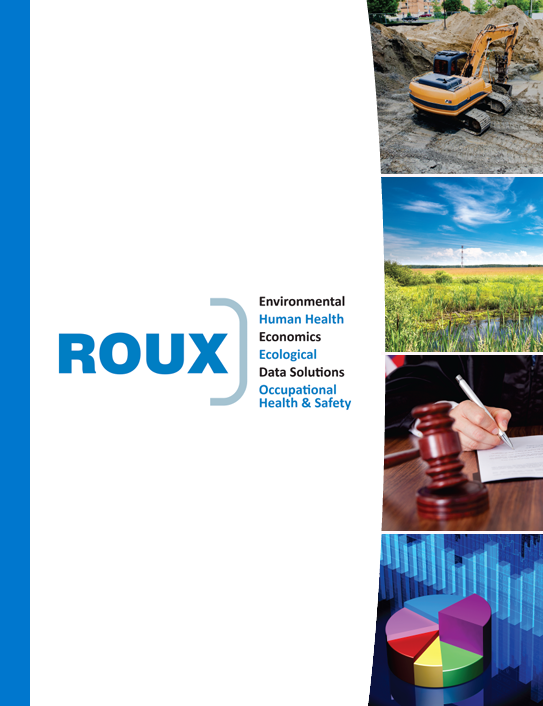What New Ground Water Quality Standards Mean for Site Remediation/Redevelopment
NJDEP Adopts New Ground Water Quality Standards: Key Implications for Site Remediation Projects
Authored by: Monette S. Dalal, LSRP, LRS
The New Jersey Department of Environmental Protection (NJDEP) has published the adoption of a significant amendment of its statutory Ground Water Quality Standards (GWQS) rules (N.J.A.C. 7-9C). The revised rules were adopted on January 2, 2025, and published in the New Jersey Register with an effective date of February 3, 2025 with a six-month phase-in period to August 3, 2025.
The amended rules have resulted in changes to the GWQS for 65 of 73 constituents of Class II-A ground water. These changes reflect the revisions of methodologies and toxicological studies made by the United States Environmental Protection Agency (USEPA) and will have a direct impact on remediation projects in New Jersey.
Depending on the phase of the project (site investigation, remedial investigation, or remedial action), the new GWQS may have a significant effect on the delineation, modeling, or monitoring of groundwater, including the need for additional sampling, installation of new monitoring wells, or modifications to the planned or approved remediation permits—increasing remediation costs.
What does this mean for Contaminated Site Remediation & Redevelopment Projects?
- GWQS decreased for a number of constituents, including common constituents related to petroleum and chlorinated chemical discharges, such as benzene, ethylbenzene, tetrachloroethene (PCE), trichloroethene (TCE), and cis-1,2-dichloroethene.
- GWQS decreased for a set of constituents by more than an order of magnitude (ten times lower), including vinyl chloride, cobalt, and 1,1-biphenyl.
- GWQS increased for a number of constituents, including 1,1-dichloroethene, 1,1,1-trichloroethane, and Methyl Ethyl Ketone (MEK).
- Migration to Ground Water Soil Remediation Standards (MGW SRSs) will also decrease or increase for constituents where the GWQS will be changed in the near future.
- The NJDEP has additionally changed the rounding rules from rounding to one significant figure for most constituents, to two significant figures, which may result in additional monitoring and delineation needs.
The updated remediation standard will apply to all sites. However, there is a provision for a 6-month “phase-in” period following publication. During this period, a technically and administratively complete remedial action workplan (RAW) or remedial action report (RAR) may be submitted to allow the use of the previously approved standard if submitted prior to August 3, 2025. However, where a GWQS decreased by an order of magnitude (decreased by ten times lower than the previous standard) or more, the new standard must be used regardless of timing.
What can Roux do to help?
Roux’s team of Licensed Site Remediation Professionals (LSRPs) and environmental professionals can assess how the new GWQS affects impacted sites and evaluate the potential implications that these changes could have on project remediation status, site closures, long-term monitoring, costs, regulatory timeframes, and due diligence transactions.
While navigating these regulatory changes, Roux can assist with designing an approach tailored to site-specific objectives and goals. Please contact our team with any questions or concerns below.
